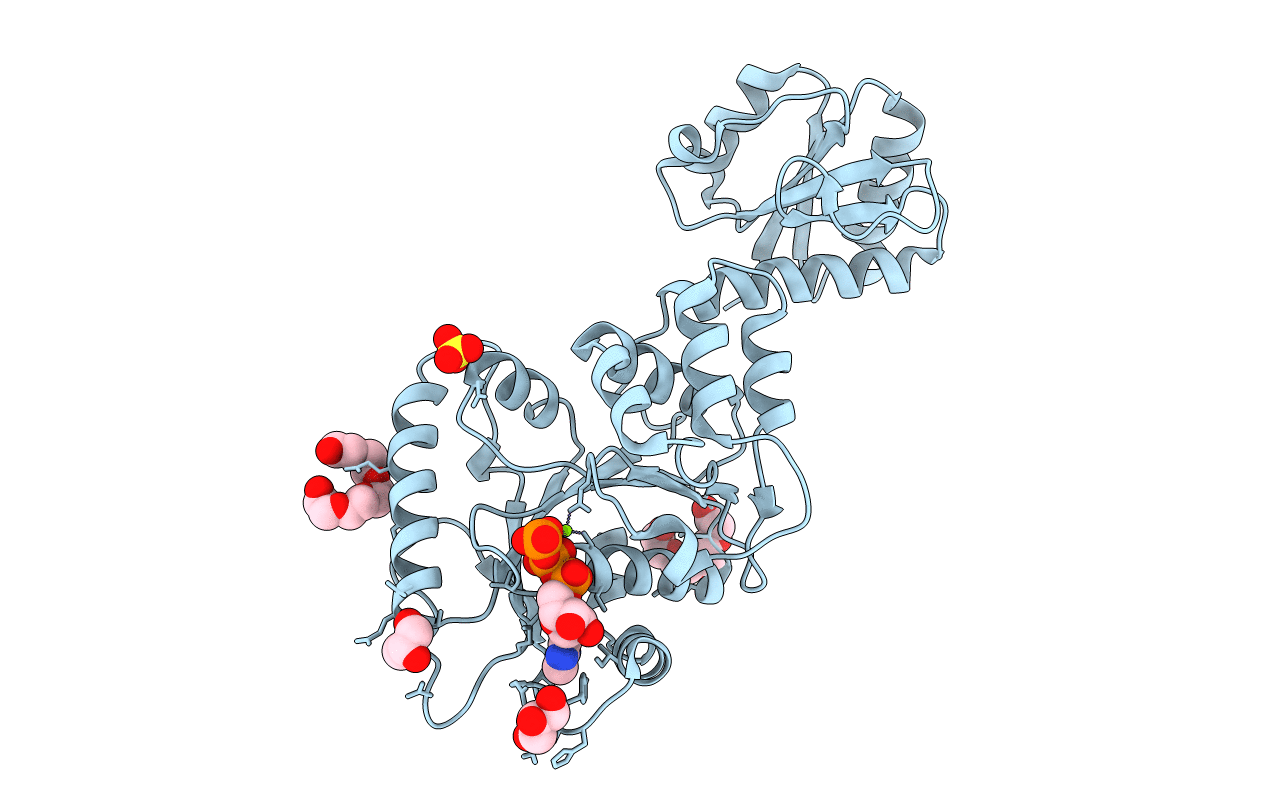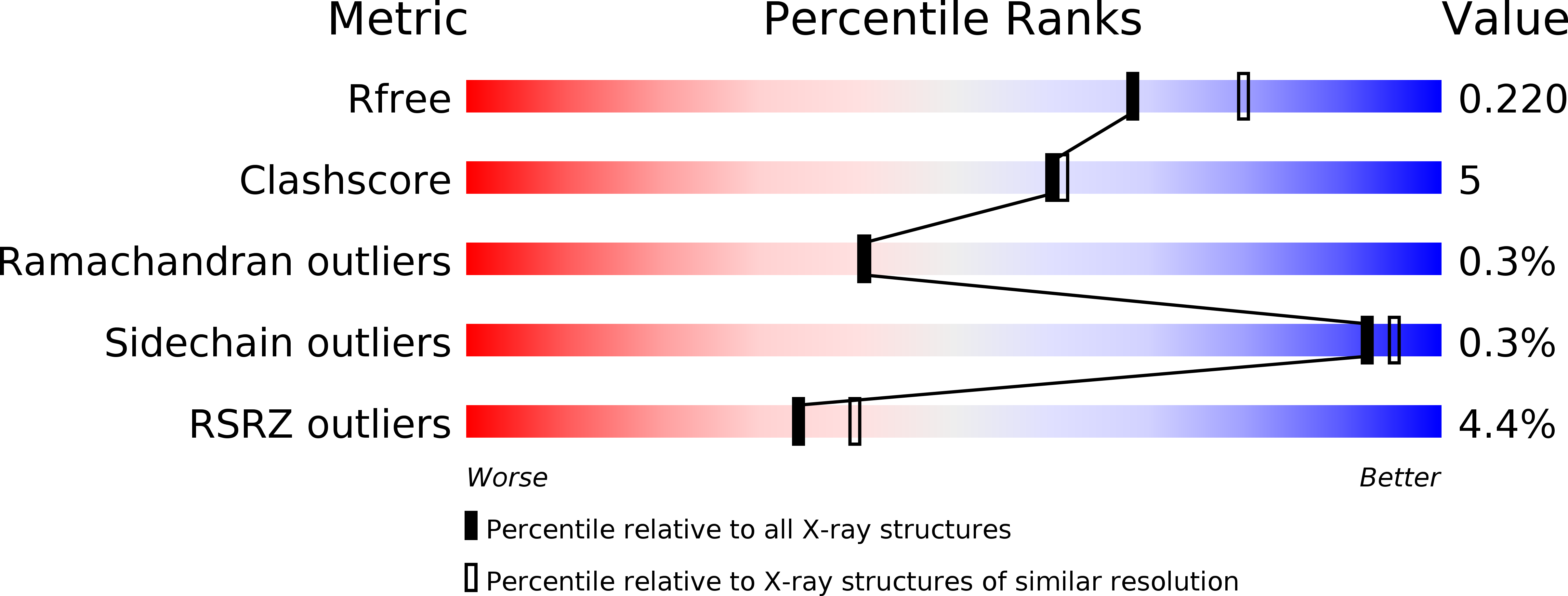
Deposition Date
2008-12-17
Release Date
2009-01-06
Last Version Date
2024-11-06
Entry Detail
PDB ID:
3FKQ
Keywords:
Title:
Crystal structure of NtrC-like two-domain protein (RER070207001320) from Eubacterium rectale at 2.10 A resolution
Biological Source:
Source Organism:
Eubacterium rectale (Taxon ID: 39491)
Host Organism:
Method Details:
Experimental Method:
Resolution:
2.10 Å
R-Value Free:
0.21
R-Value Work:
0.19
R-Value Observed:
0.19
Space Group:
C 1 2 1


